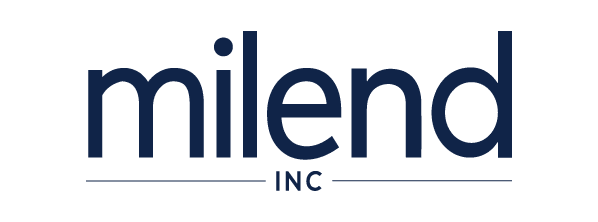Before getting into the time and steps needed to close a home loan, please remember that different factors may affect the time it takes to apply for, process, and close a mortgage loan. The best advice I can give is be as patient as you can and remember everything the mortgage lender is requesting is to help speed the process of closing your loan. As a mortgage lender, we are working for you.
Keeping that in mind, here are the basics of how the loan process works.
Your Loan Application
The mortgage loan application is where it all starts.
The application can take as little as 10 minutes, but you want to make sure you, and your loan consultant, take as much time as you need to understand your loan and your loan options. The loan consultant is there to answer any questions you may have and make sure you are an informed borrower.
During the loan application you will want to have at least the following available for everyone on the loan:
- Current address and contact information
- Current employment and salary information
- List of owned properties
- The time spent on an application is minimal.
Ordering the Appraisal
What is an appraisal? An appraisal is an expert estimation of the value of your home.
Once the loan consultant has your complete and signed application in hand, they will order your property appraisal. Without a complete mortgage application your loan consultant will not be able to order your appraisal.
By federal law a mortgage loan consultant is not allowed to influence the home appraiser in any way. Be wary of any loan consultant than tells you they can guarantee your property will be appraised at a value you need to get the mortgage loan done.
The appraisal usually takes about 7 days.
Documents and Processing
Processing your mortgage loan is the act of verifying the loan information is true and accurate as well as making sure we have gathered the necessary documents.
You will usually gather your documents while you and your loan consultant are waiting for your property appraisal, but there may be more needed during processing.
The amount of documents you need can vary depending on the loan type and your situation. It’s always important to understand that not all mortgage loan programs will fit everyone. In most cases, you will want to have at least the following:
- Your W2s from the last two years
- Your home insurance declaration page
- Your Purchase Contract (if it is a new home purchase)
- A Photo ID (a drivers license is generally good enough)
- Your Social Security Card
- Your last two months of bank statements
You may need more, or less, than the listed documents, and your mortgage loan consultant and loan processor will always help you with what you need.
This step will usually take 2 – 4 calendar days.
Underwriting
The underwriter is the person that gives the final approval on your loan, and underwriting is the process of making sure your loan is sellable or insurable. An underwriter will go through the loan with a fine tooth comb to determine risk and make sure everything is completed correctly.
A file will only get to underwriting once it is complete, and your loan consultant and loan processor should work with you to make sure that happens. During the underwriting process you may be asked to provide additional or more up to date documents for the underwriter.
Although a super clean file can be underwritten within 48 hours, there are many factors involved that can determine the speed of underwriting your loan. You should be ready to provide any additional information the underwriter needs during this step.
This step can take from 2 – 10 days depending on the many factors involved.
Closing Your Loan
There is one more department to hit before you can close your mortgage loan; the closing department.
The closing department will go through your loan one more time to make the loan complies with federal and state laws as well as prepare the documents for, and deliver the closing documents to the closing attorney.
This step usually takes a few days and your lender should call you to schedule your closing once this step is complete.
Congratulations, you have just applied for and closed your home mortgage in under 30 days!
There are cases where closing a mortgage loan can take a lot less time. The reality is that every mortgage loan goes through the same exact process and some loans are easier than others. You can be sure MiLEND will do everything in our power to close your loan as fast as possible.

